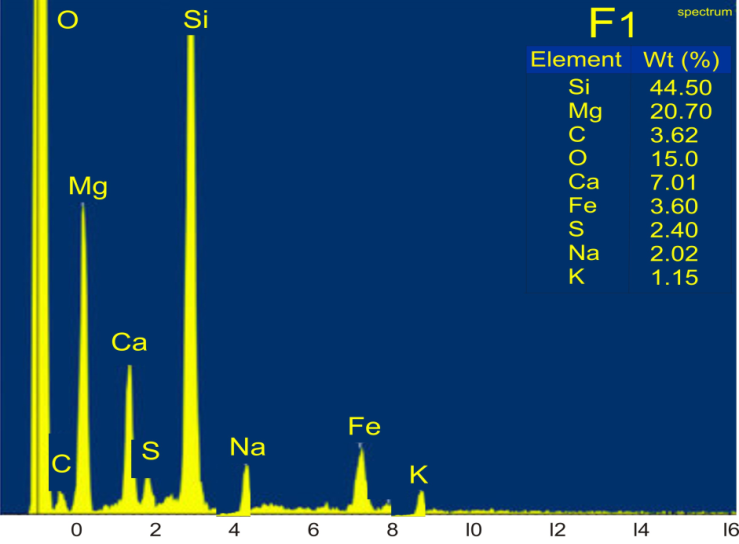Waste glass: An excellent adsorbent for crystal violet dye, Pb2+ and Cd2+ heavy metals ions decontamination from wastewater
Keywords:
adsorption, waste glass, heavy metals, crystal violet dye, waste waterAbstract
The suitability of waste glass as an eco-friendly adsorbent for the removal of crystal violet (CV) dye, Pb2+ and Cd2+ heavy metal ions in waste water samples was investigated in batch mode. Waste glass sample was pulverized and characterized by SEM/EDX, XRD, BET and FTIR. Effects of variation in temperature, pH, contact time and recyclability of the adsorbent were studied. FTIR spectra revealed major peaks around 491.53 and 3444.12 cm-1 corresponding to the bending vibrations of Si-O-Si and -OH groups respectively. SEM/EDX analysis showed a dense, coarse, porous morphology with predominantly silica component. The effective surface area and size of the adsorbent were 557.912 m2/g and 2.099 nm respectively. Increase in temperature, dosage, contact time resulted in increase in adsorption efficiency. Optimum adsorption efficiency of 94%, 97.5% and 89.1% was attained for Pb2+ , Cd2+ ions and CV dye respectively at 70?C. Adsorption process followed more accurately pseudo-first order model and isotherm fitted perfectly into Freundlich model indicating a multilayer adsorption mechanism for CV dye and the heavy metals. 89.87% reduction in Chemical Oxygen Demand (COD) level of wastewater was reported upon treatment with waste glass adsorbent affirming its efficiency for dye and heavy metal pollutants removal.

Published
How to Cite
Issue
Section
Copyright (c) 2021 Journal of the Nigerian Society of Physical Sciences

This work is licensed under a Creative Commons Attribution 4.0 International License.
How to Cite
Most read articles by the same author(s)
- K. O. Sodeinde, S. A. Animashaun, H. O. Adubiaro, Methods for the Detection and Remediation of Ammonia from Aquaculture Effluent: A Review , Journal of the Nigerian Society of Physical Sciences: Volume 5, Issue 1, February 2023







